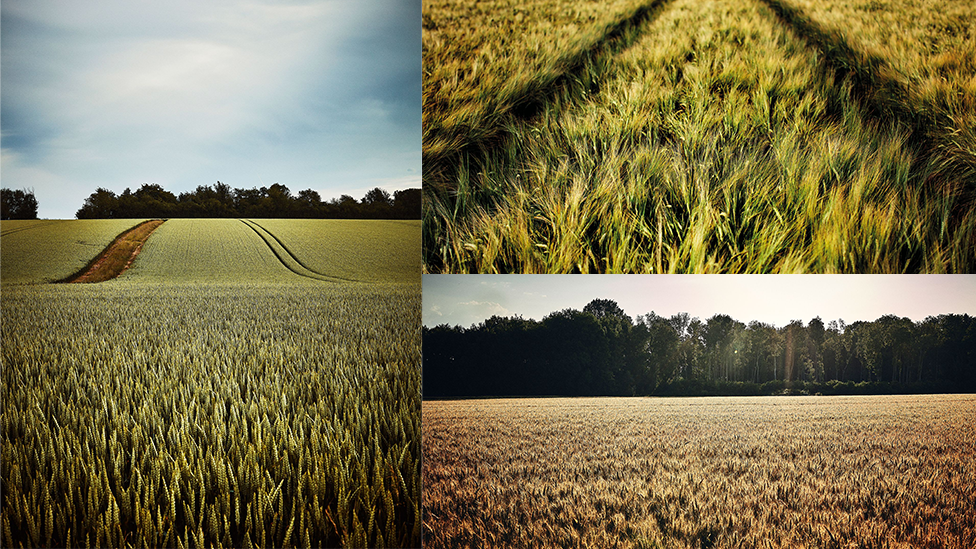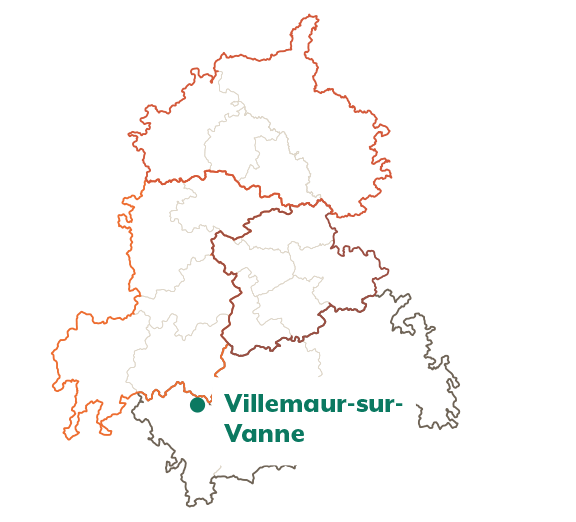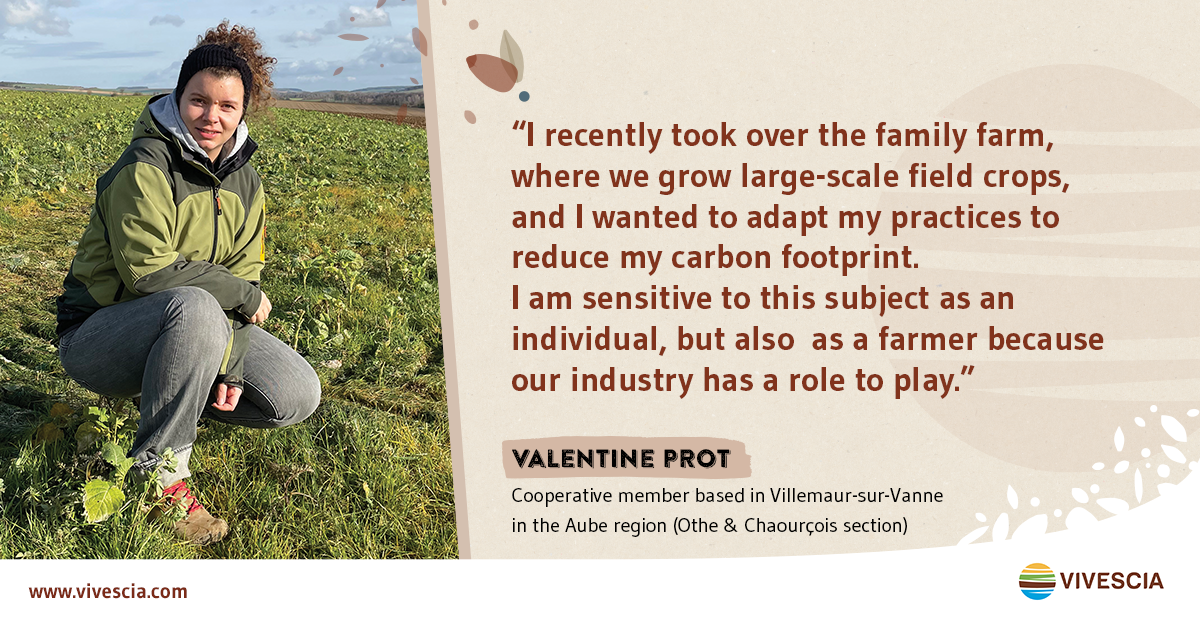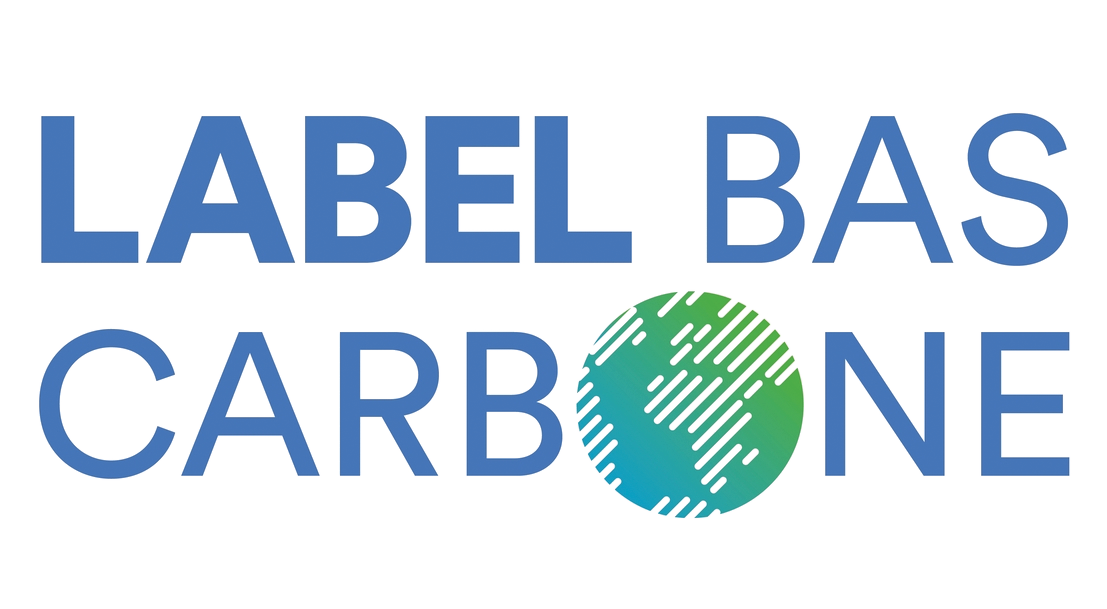
Low-carbon: Grass-roots solutions for a global challenge
Europe and France have committed to being carbon neutral by 2050. To do this, they must action two complementary levers: the reduction of greenhouse gas emissions and an increase in carbon sequestration.
People often point the finger at us as one of the causes of climate change, but farming – and large-scale crop farming in particular – also represents a key solution for achieving carbon neutrality, thanks to the potential for storing carbon in agricultural soil.

“Agriculture must be part of the solution”
"At VIVESCIA, we believe we must act and, with the help of science, we must change the farming methods we use in the field and aim for carbon neutrality."
We have a real role as an intermediary. In terms of climate change, the aim is clear: we need to help to increase carbon sequestration and promote the farming practices of tomorrow, which are positive for the soil, the planet and the food we all eat. Christoph Büren,President of VIVESCIA, on 16 March, during the launch of the French Alliance for Carbon Neutrality
Christoph Büren,President of VIVESCIA, on 16 March, during the launch of the French Alliance for Carbon Neutrality
200 hectares of low-carbon barley: the start of a first experiment
The Cooperative is working with its members on a first experiment in partnership with our company Malteurop and its customer, Heineken. Together, we are testing new low-carbon practices for the brewing industry.
"This spring, 200 hectares will be sown on 15 farms, explains Armand Gandon, a low-carbon project manager on the Cooperative’s agronomy team. The fields will be divided in two: conventional practices used on one half with low-carbon practices used on the other." Nitrogenous fertiliser is added exclusively in the form of organic fertiliser during the summer preceding sowing, and ammonium nitrate is added during the crop season to reduce greenhouse gas emissions. Legumes are sown as cover crops in the summer before brewing barley is seeded. This cover crop is destroyed when the soil is prepared for the spring barley.
"This experiment, which started last summer with the first dose of chicken manure, should last three years," adds Armand Gandon. The agronomic results and barley quality, as well as environmental and economic data related to these low-carbon practices will be monitored closely.
The aim is to reduce greenhouse gas emissions by 15-35%.
Valentine Prot, a farmer in Villemaur-sur-Vanne in the Aube region, volunteered to take part in this experiment on a 17-hectare field.
As a member of the VIVESCIAgrosol club, Valentine takes a close interest in soil conservation farming; she uses cover crops and practices reduced-till farming, as well as diversifying her crops in order to have longer rotation cycles.
“The experiment with Heineken is part of a holistic approach I have on my farm,” she adds. If it works, I will be able to adopt these new practices more widely in order to reduce the use of mineral fertilisers in particular.”

Valentine Prot, a farmer in Villemaur-sur-Vanne in the Aube region, volunteered to take part in this experiment on a 17-hectare field.
As a member of the VIVESCIAgrosol club, Valentine takes a close interest in soil conservation farming; she uses cover crops and practices reduced-till farming, as well as diversifying her crops in order to have longer rotation cycles.
“The experiment with Heineken is part of a holistic approach I have on my farm,” she adds. If it works, I will be able to adopt these new practices more widely in order to reduce the use of mineral fertilisers in particular.”

Towards a low-carbon label for large-scale farming crops: rewarding growers who are fighting climate change
Set up by the Ministry for the Ecological Transition and Solidarity in 2019, the low-carbon label distinguishes projects that aim to reduce greenhouse gas emissions and store carbon in the ground. The standard for the “low-carbon” production of field crops is currently being approved by the Ministry and should take effect in the coming weeks.
The aim is to be able to compensate farmers with carbon credits for the efforts they make to reduce their carbon footprint and increase carbon sequestration.

Set up by the Ministry for the Ecological Transition and Solidarity in 2019, the low-carbon label distinguishes projects that aim to reduce greenhouse gas emissions and store carbon in the ground. The standard for the “low-carbon” production of field crops is currently being approved by the Ministry and should take effect in the coming weeks.
The aim is to be able to compensate farmers with carbon credits for the efforts they make to reduce their carbon footprint and increase carbon sequestration.




